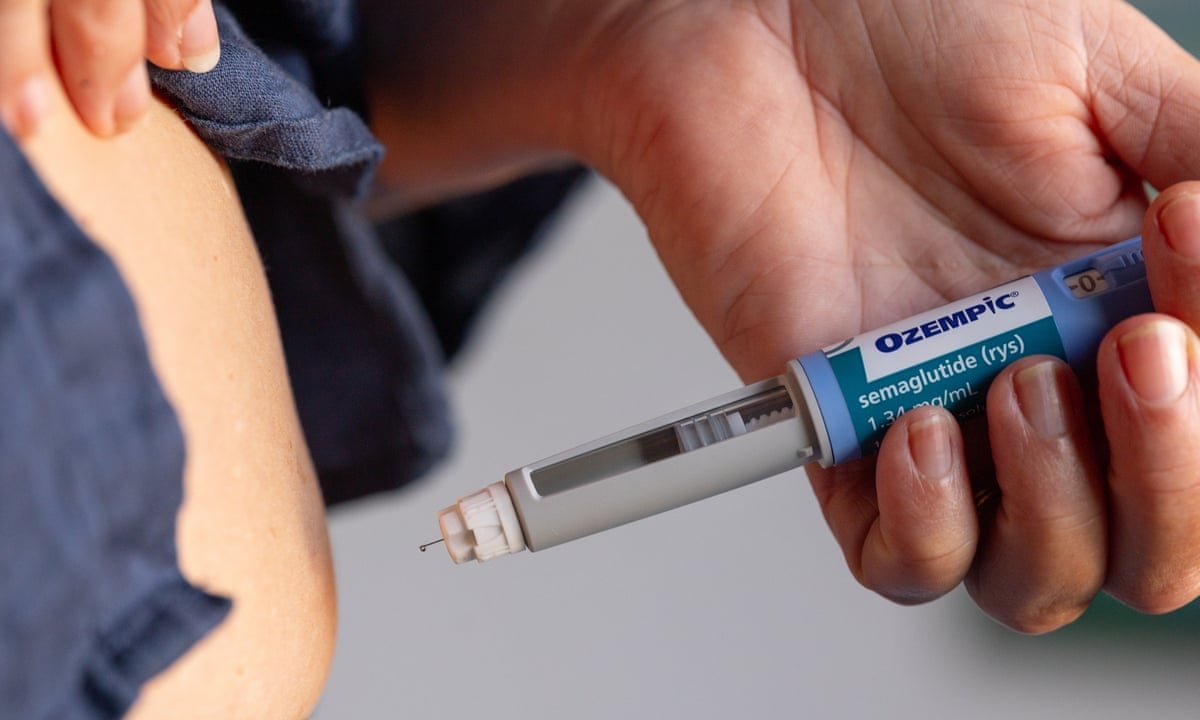The Truth About Semaglutyd and Long-Term Weight Management
Semaglutyd has emerged as a powerful ally in the fight against obesity and type 2 diabetes, hailed as a game-changing medication by healthcare professionals and patients alike. From rapid fat loss to stabilized blood sugar, Semaglutyd is at the center of a new approach to metabolic health. But amid the celebration, an important question is starting to echo louder: What happens after the weight is lost? More specifically, what happens when Semaglutyd is stopped?
Regain is a word that haunts many patients—especially those who have battled with weight fluctuations for years. While Semaglutyd (also known by brand names such as Ozempic and Wegovy) has proven to be effective in promoting significant weight loss, the long-term maintenance of that loss is far from guaranteed.
Initial Success Often Leads to Misconceptions
The effectiveness of Semaglutyd is rarely in question. In clinical studies and real-world use, patients can lose anywhere from 10% to 15% of their body weight within a year. These numbers, combined with visible physical changes and improved health markers, often lead to a feeling of resolution—as if the problem has finally been fixed.
However, Semaglutyd is not a cure. It is a treatment, and its benefits are sustained only as long as the drug is in use. Many patients find themselves ill-prepared for the reality of maintaining weight loss once the medication is paused or discontinued, which often leads to rapid weight regain.
Tirzepatide and the Expanding Medication Landscape
Another medication making headlines is Tirzepatide, which offers a dual mechanism targeting both GLP-1 and GIP receptors. While Semaglutyd is a GLP-1 receptor agonist, tirzepatide’s dual-action pathway appears to enhance weight loss and glycemic control even further in some patients.
Though tirzepatide offers promising results, it doesn’t eliminate the issue of weight regain post-discontinuation. Whether on tirzepatide or Semaglutyd, the body often works against weight loss over time, adjusting hormones and hunger signals in an effort to return to its previous “set point.”
So while tirzepatide might offer enhanced short-term outcomes, the long-term strategy remains the same: a combination of medication, lifestyle change, and behavioral support.
The Cost Factor: Not Just in Dollars, But in Expectations
Affordability plays a major role in whether a patient continues medication after initial success. The semaglutyd cena (price of Semaglutyd) varies significantly depending on country, insurance coverage, and whether the drug is prescribed for diabetes or for obesity management. In many European countries, semaglutyd may be covered under national health plans for diabetics—but not for weight loss.
This financial reality forces many patients to stop treatment before they’re ready. And that’s where regain often begins.
For patients who’ve come to rely on semaglutyd as a crutch against overeating or cravings, discontinuation can be jarring. Hunger returns, energy levels drop, and the psychological burden of managing weight without support grows heavier.
Why Semaglutide 2 mg Isn’t Always the Solution
Increasing dosage, such as moving to semaglutide 2 mg, is sometimes seen as a fix when patients plateau or regain weight. While higher doses can help some people reignite weight loss, they’re not a sustainable answer to the long-term issue of maintenance.
Moreover, higher doses can increase side effects such as nausea, vomiting, and fatigue. It’s also important to remember that appetite suppression—Semaglutyd’s main mechanism for weight loss—is not the same as addressing the root causes of weight gain, such as emotional eating, stress, or sedentary habits.
Simply increasing the dosage won’t guarantee permanent success if deeper lifestyle and behavioral patterns remain unaddressed.
What About Retatrutide? The Next Big Thing or More of the Same?
Enter Retatrutide, a promising new drug still under clinical development. Unlike semaglutyd and tirzepatide, retatrutide acts on three hormonal pathways—GLP-1, GIP, and glucagon receptors—making it a so-called “triple agonist.” The hope is that this broader mechanism can amplify weight loss and energy expenditure while improving insulin sensitivity.
Early results are indeed impressive, with some patients losing over 20% of their body weight. But long-term data is still lacking. And, critically, Retatrutyd cena (retatrutide price) remains unknown—likely to be steep, at least upon release.
The conversation around retatrutide also avoids the reality that even the most advanced drug cannot guarantee lifelong results without long-term use or supportive lifestyle changes. Like its predecessors, retatrutide may simply be another tool—not a stand-alone solution.
Understanding the Real Role of Medications Like Semaglutyd
It’s important to redefine our expectations. Medications like leki zawierające semaglutyd (drugs containing semaglutyd) aren’t meant to “cure” obesity or diabetes. Instead, they manage symptoms and make lifestyle changes more achievable.
What does that mean in practical terms?
- Semaglutyd makes it easier to eat less.
- It helps regulate blood sugar, preventing spikes and crashes that drive hunger.
- It gives patients a chance to build healthier routines while the medication reduces cravings.
But the onus is still on the patient to adopt and sustain those routines. Without continued effort in nutrition, exercise, and mental well-being, regain is not just possible—it’s likely.
The Psychology of Regain: More Than Just Hunger
One aspect often ignored in clinical studies is the emotional toll of regain. Patients who’ve lost 30, 40, even 50 pounds on semaglutyd often experience deep discouragement when the scale begins creeping back up. There’s guilt, shame, and even avoidance of medical care due to the fear of being judged.
This is why weight regain is not just a medical issue, but a psychological one. Support groups, therapy, coaching, and continuous medical monitoring are vital components of success after stopping medication.
Doctors must prepare patients for what to expect after semaglutyd—not just during treatment. Without a plan for the “after,” the “during” becomes little more than a temporary fix.
A Sustainable Plan: What Should Happen After Semaglutyd
So, what’s the answer to the inevitable question: What should I do after stopping Semaglutyd? Here’s a step-by-step strategy based on current best practices and clinical insights:
1. Taper Slowly, If Possible
If you’re planning to stop semaglutyd, work with your doctor to gradually taper off rather than stopping abruptly. This can help your body adjust and reduce the intensity of rebound hunger.
2. Double Down on Lifestyle Habits
Prioritize high-protein meals, strength training, daily activity, and hydration. These aren’t just nice-to-haves—they’re essential to preventing regain.
3. Consider Maintenance Dosing
Some patients do well on a lower, maintenance dose rather than stopping completely. This keeps the appetite regulation in place without committing to a full therapeutic dose.
4. Seek Psychological Support
Whether through therapy, coaching, or group counseling, emotional and behavioral support is crucial for long-term success.
5. Monitor and Adjust
Track your weight, measurements, and energy levels. Keep an eye on habits slipping back. Early intervention is key.
Conclusion: The Medication Is Only Part of the Equation
Semaglutyd has revolutionized the way we think about weight loss and diabetes care. Alongside newer drugs like tirzepatide and future contenders like retatrutide, we are entering an era of unprecedented medical tools for metabolic health.
But the hype must not distract us from the reality: no drug, no matter how powerful, can replace personal responsibility, daily discipline, and mental resilience.
Regain is not a failure of the drug—it’s a reminder that the path to health is a long-term journey. Medications like semaglutide 2 mg, leki zawierające semaglutyd, or even the upcoming retatrutide may offer the spark, but you must build the fire.















Leave a Reply